History
FROM BURSA FACULTY OF MEDICINE TO ULUDAĞ UNIVERSITY FACULTY OF MEDICINE: FOUNDATION STORY *
Prepared by: Elif ATICI (1), Teoman ATICI (2)
(1) UÜTF Department of Medical History and Ethics Faculty Member
(2)UÜTF Department of Orthopedics and Traumatology Faculty Member
* This text is the edited version of the article published in the 39th Volume, 1st Issue of Uludağ University Faculty of Medicine Journal dated 2013, by the authors.
Medical faculties are scientific institutions that play a role in the structuring and implementation of health services and in the training of physicians in quality and quantity appropriate to the health needs of society. They fulfill this role by fulfilling three basic duties: education-training, research and providing health services. While the number of medical faculties in our country was 1 until 1945, today this number has reached 82, 60 of which are within state universities. Uludağ University Faculty of Medicine, which is among the leading medical faculties of our country today, is the reference point in the field of health in the Southern Marmara Region.
Our faculty, which is the core of Uludağ University (named Bursa University on its foundation date, with the law numbered 1873 and accepted on April 1, 1975), was founded in 1970 under the auspices of Istanbul University, in line with the tradition of established universities taking part in the establishment of new universities. The name of the faculty on its foundation date was "Bursa Faculty of Medicine". The current name was adopted in 1983, when the institutions, which were previously generally referred to by the names of the cities they were founded, were changed to names that emphasized the most distinctive geographical elements of the cities they were located in (Official Gazette dated 30.03.1983 and numbered 18003).
Bursa’da Tıp Fakültesinin Kuruluşunu Hazırlayan Etkenler
In the second half of the twentieth century, the understanding of medical education and health services transformed from being disease-focused to meeting the health needs of the society. As a result of this understanding, a health service policy based on increasing the health level of the society was established. We can see this in the first three “Five-Year Development Plans” in our country. The problems identified were; insufficient number of health personnel, large regional differences in health service provision, insufficient number of patient beds and unbalanced distribution of beds among the provinces. The reasons for establishing a medical faculty in Bursa are also based on these problems. Among the health goals determined to solve these problems are increasing the number of physicians, treatment institutions and medical faculties, and it is foreseen that cooperation between institutions will increase efficiency. In line with these goals, the idea of Istanbul Faculty of Medicine in Bursa and Cerrahpaşa
Faculty of Medicine in Edirne taking part in the establishment of a medical faculty emerged.
When the process of establishing universities and medical schools in Turkey is evaluated, it can be said that the development occurred in three different ways: 1. First, institutions where universities were established and then medical schools were structured, 2. First, the establishment of a medical school and then the institutionalisation of the university, 3. The establishment of a university and a medical school at the same time. Until 1955, when a comprehensive education initiative was made, only Istanbul Medical School and Ankara Medical School existed in our country, but after that date, universities were established in the Aegean, Black Sea and Eastern Anatolia Regions.
When the establishment of medical schools affiliated to these institutions, the student recruitment process is examined and it is seen that the majority of faculties and universities in the second group, such as Bursa Medical School, are structured. Development Plans and State Planning Organization (DPT) reports have been guiding in determining the universities and regions that have been opened and are planned to be opened.
In the Higher Education Research Report prepared by the State Planning Organization in 1968, universities and regions that should be opened in the 1970s were determined with the idea of service investments to be directed to those who could not benefit sufficiently from the services in line with the targets specified in the Second Five-Year Development Plan. Another suggestion in the same report was that the responsibility of each faculty or college to be established within the new universities should be given to a faculty of the same subject in the developed universities, and the responsible faculty should be assigned to play a leading role in the development of the new university. The State Planning Organization's suggestion for increasing the number of physicians was to establish new medical faculties instead of accepting more students to the existing medical faculties. In this way, both the accumulation of academic staff and students in the existing universities would be prevented and the balanced distribution of higher education in the country would be ensured.
Stages of Establishment of Medical Faculty in Bursa
1.Legal Establishment Process
In line with the five-year development plans, a health policy specialization commission was established by the Undersecretariat of the State Planning Organization to determine where and how many medical schools should be established, and Prof. Dr. Sabahattin Payzın from Ankara University Faculty of Medicine was assigned to conduct the studies in 1965. Prof. Dr. Payzın stated in his report that the establishment of a medical school in Bursa was a priority and a necessity due to reasons such as the fact that a medical school to be established in Bursa would serve the Southern Marmara Region, that the need for academic staff could be easily met from Istanbul.Bursa had a developed industry, land and sea transportation, that its people were conscious, and that there were provinces such as Çanakkale
and Balıkesir with developed state and military hospitals in its vicinity.
Based on this report, the first official application to open a medical school in Bursa was made by the Bursa Governorship to the Ministry of National Education on November 16, 1965. When it became certain that Bursa was deemed suitable by the relevant authorities in line with Prof. Dr. Payzın's report, the Bursa University Foundation Association began its work on December 3, 1965 with the initiative of the Bursa Governorship and the support of the public.
It was decided that 50 students would be accepted every year on behalf of Bursa until the faculty was organized in Bursa. Thus, the legal establishment of the faculty was completed.
2.Actual Establishment Process
Following the completion of the legal process, 16 professors, 25 associate professors, 20 specialists, 75 assistants and 3 lecturers were assigned to Bursa Faculty of Medicine with the law numbered 1588 on May 9, 1972 in order to constitute the staff of the faculty (Official Gazette dated 18.05.1972 and numbered 14191). Since the establishment of a faculty requires at least the same number of members as the executive board, the first 7 appointed faculty members constituted both the executive board and the faculty board. These people are Prof. Dr. Fikret Karaca (General Surgery), Assoc.
Prof. Dr. Aydoğan Öbek (Pharmacology), Assoc. Prof. Dr. Suat Kıyan (Gynecology and Obstetrics), Assoc. Prof. Dr. Münir Karakaya(Physical Therapy), Assoc. Prof. Dr. Metin Arat (ENT), Assoc. Prof. Dr. Erhan Oğul (Neurology) and Assoc. Prof. Dr. Ayhan Arınık (Internal Medicine). Assoc. With Dr. Nevzat Koçak (General Surgery), Assoc.
Prof. Dr. Yılmaz Türkeri (Urology) and Assoc. Prof. Dr. İbrahim Ildırım (Child Health and Diseases), the Faculty Board becomes 10 people (Photo 1).
The actual establishment of the faculty was completed with Prof. Dr. Fikret Karaca being appointed as the dean in March 1972. The studies continued at Istanbul University Bursa Faculty of Medicine until Uludağ University was established.
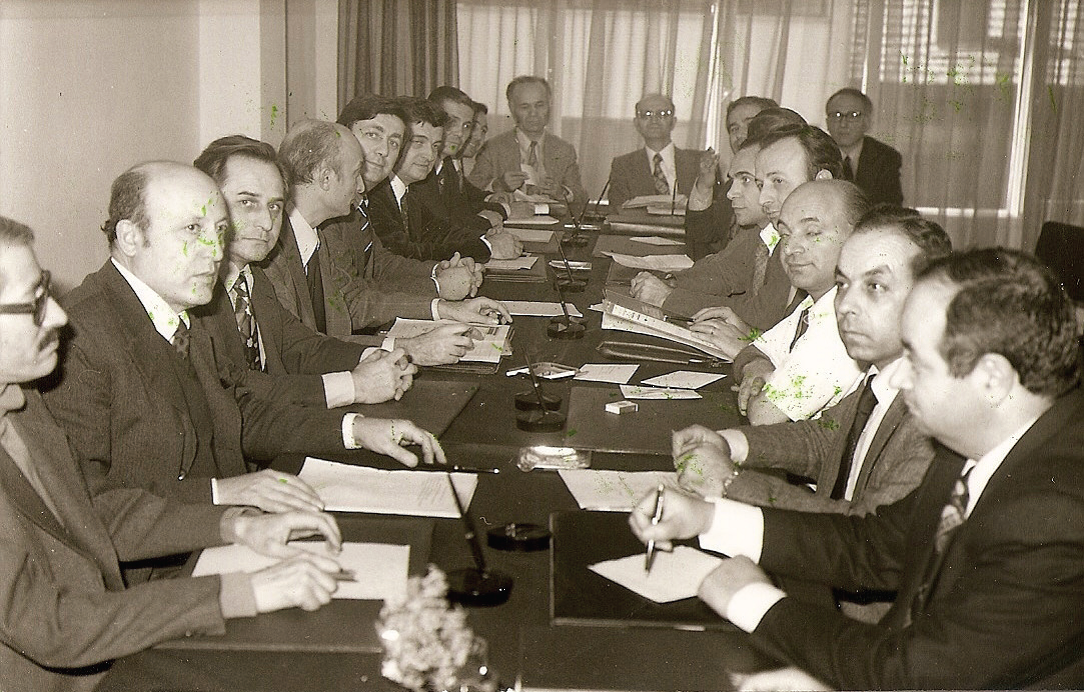
Photo 1 - Faculty Board of Directors in the 1970s (excerpt = Prof. Dr. Ayhan Arınık archive)
Faculty Structuring Works
With the efforts of Bursa Provincial Administration, Bursa University Establishment Association and Prof. Dr. Fikret Karaca, efforts to find a place for the faculty in Bursa began. As a result of the efforts of the Istanbul Faculty of Medicine Planning Commission, an architectural competition project was announced in newspapers by Istanbul University on November 3, 1972. 5 thousand liras were allocated to each of the top three projects. The jury members who evaluated the projects were the rector of Istanbul University, the dean of the faculty of medicine, the governor of Bursa, academicians, the construction works planning chief, architects whose names were approved by the Chamber of Architects and a civil engineer. 17 projects participated in the competition. The jury took into consideration criteria such as construction possibilities, cost, earthquake resistance and choice of building materials when evaluating the projects. The first prize was awarded to the project of the team consisting of Architect Mine İnceoğlu, Necati İnceoğlu and Çınar Şahenk on February 19, 1973 (Photo 2).
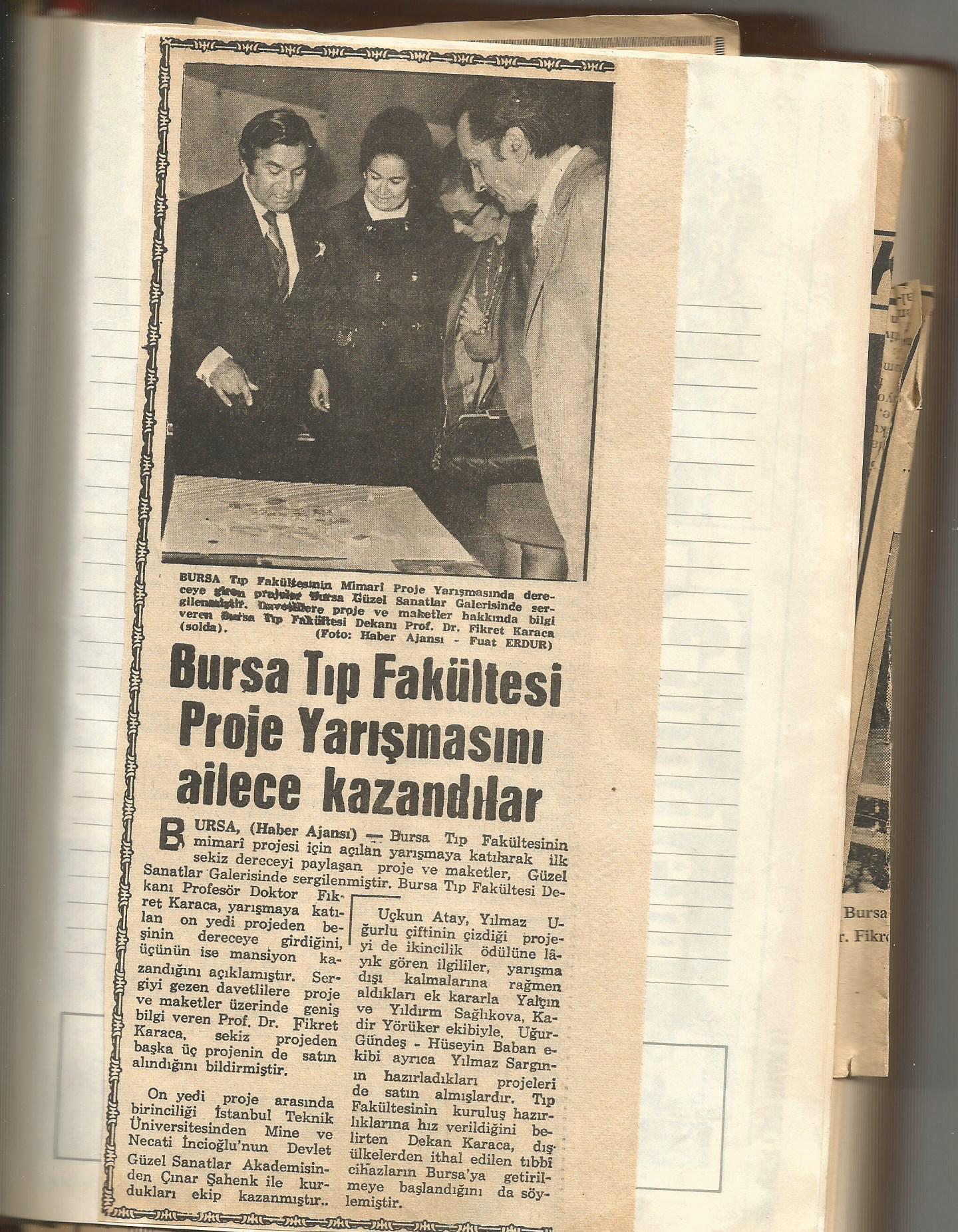
Photo 2 - Bursa Medical Faculty Architectural Competition Project winners
(excerpt: Ms. Leman Dorsay archive (Prof. Dr. Fikret Karaca’s daughter))
There is a project, but the necessary budget for the implementation of this project is not yet available. Therefore, existing places that can be used to quickly put the medical faculty into operation in Bursa are being investigated. Among these places are the Chest Diseases Hospital, which is currently serving as the High Specialisation Hospital, the Social Insurance Hospital located in the Altıparmak area and is being evacuated, and a school building also located in Altıparmak. As a result of the examination, the Chest Diseases Hospital was found suitable for the faculty hospital, and as a result of the protocol established with the Ministry of Health and Social Aid, the 400-bed hospital was allocated to the faculty in 1974. However, since the hospital was not built in accordance with a medical faculty, there is not enough space for the academic staff and assistants, health personnel and medical students, and it is not considered possible to expand it. In addition to these problems, the use of many medical devices has not been possible due to the lack of space.
Donations collected from the people of Bursa made a great contribution to making the hospital suitable for use. In order to increase the capacity, the 300-bed capacity facility used for tuberculosis patients in Uludağ Kirazlıyayla, which belonged to İş Bankası, was also opened for faculty use; however, due to financial reasons and transportation problems of the staff and patients, the necessary repair work for the facility could not be carried out, and after a while it started to be used as a guesthouse.
The 15 thousand-acre Görükle land on the 17th kilometer on the İzmir road in the west of Bursa was found suitable and expropriation works were started. In July 1975, the construction of the dean's office building, basic medical sciences building, classrooms, library and experimental animal blocks began; the basic sciences building and classrooms were completed in 1985 (Photo 3). The construction of the education-training and research hospital, which was planned to have a capacity of 1 thousand beds, was started in 1976 and completed in 1992 (Photo 4).
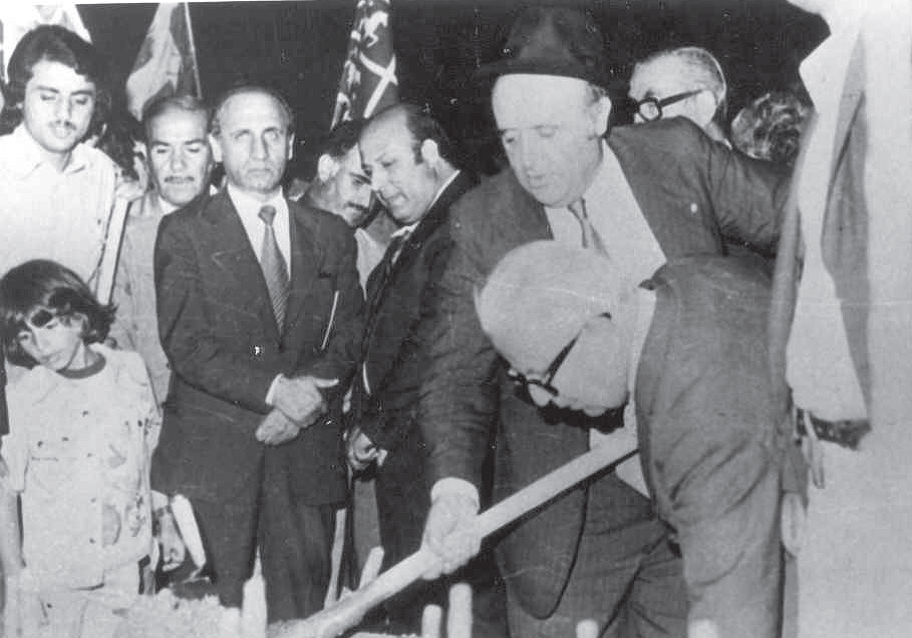
Photo 3 – Bursa Medical Faculty Görükle Campus groundbreaking ceremony
(excerpt = Dr. Ceyhun İrgil archive)
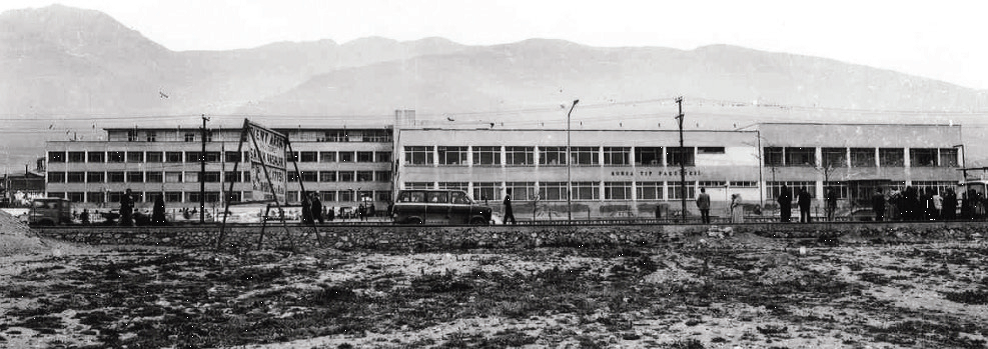
Photo 4 – Görükle Campus construction area (source = Dr. Ceyhun İrgil archive)
Establishment of the First Departments and Faculty Members
Following the announcement of applications for faculty members who wanted to work in Bursa, the first departments and faculty members established at the faculty in 1974, when clinical classes first started education in Bursa, are as follows:
Department of Internal Medicine:
Faculty Members: Prof. Dr. Aydoğan Öbek (Chairman)
Assoc. Prof. Dr. Ayhan Arınık
Chief Assistant: Dr. Ahmet Tunalı
Assistant Assistants:
Dr. Ender Tekin
Dr. Mustafa Abbas Yurtkuran
Dr. Osman Manavoğlu
Dr. Şazi İmamoğlu
Dr. Recep Kök
Department of Surgical Diseases:
Faculty Members: Prof. Dr. Fikret Karaca (Chairman)
Assoc. Prof. Dr. Nevzat Koçak
Assoc. Prof. Dr. Onat Arınç
Chief Assistants: Dr. Ayhan Kızıl
Dr. Burçin Kutlay
Dr. Mesut Özcan
Assistant: Dr. İzzettin Barbaros Etker
Dr. Hasan Doğruyol
Dr. Duruhan Çulha
Dr. Çetin Çetinkaya
Dr. Birol Ciner
Neuro-psychiatry Department:
Lecturer: Assoc. Prof. Dr. Erhan Oğul
Chief Assistant: Dr. Sadık Sadıkoğlu
Assistant: Dr. Sefer Özdemir
Dr. Nevzat Pehlivan
Ear-Nose-Throat Department:
Lecturer: Assoc. Prof. Dr. Metin Arat
Chief Assistant: Dr. İlker Tezer
Assistant: Dr. İbrahim Hızalan
Dr. Serkis Mığdışoğlu
Department of Obstetrics and Gynecology:
Lecturer: Assoc. Prof. Dr. Suat Kıyan
Assistant: Dr. Şakir Küçükkömürcü
Dr. Bediz Tor
Dr. Serpil Yüksel Sarıgöl
Department of Pediatric Diseases and Health:
Lecturer: Assoc. Prof. Dr. İbrahim Ildırım
Chief Assistant: Dr. Özgen Eralp
Assistant: Dr. İsmail Çetin Tor
Dr. Nevin Özcenk
Dr. Ayşe Yurtseven
Chair of Urology:
Lecturer: Assoc. Prof. Dr. Yılmaz Türkeri
Chief Assistant: Dr. Mustafa Özyurt
Assistant: Dr. Adnan Kaleli
Chair of Physical Therapy and Rehabilitation:
Lecturer: Assoc. Prof. Dr. Münir Kerim Karakaya
Assistant: Dr. Özdemir Kuyucu
Dr. Cihan Heptürk
Chair of Pharmacology and Clinical Pharmacology:
Lecturer: Assoc. Prof. Dr. Burhan Kemal Kıran
Education Begins in Bursa
In the 1970-1971 academic year when the legal foundation of Bursa Faculty of Medicine took place, 50 students of the faculty started their education at Istanbul Faculty of Medicine. It was planned that students who completed the first three years of their education at Istanbul Faculty of Medicine would complete their clinical classes in Bursa. While the restructuring of the faculty buildings continued, the number of registered students reached 200 by 1974 (Photo 5). Clinical classes (4th, 5th and 6th grades) in two classrooms allocated in Bursa Chest Diseases Hospital officially started education on May 31, 1974 (Photo 6, Photo 7, Photo 8).
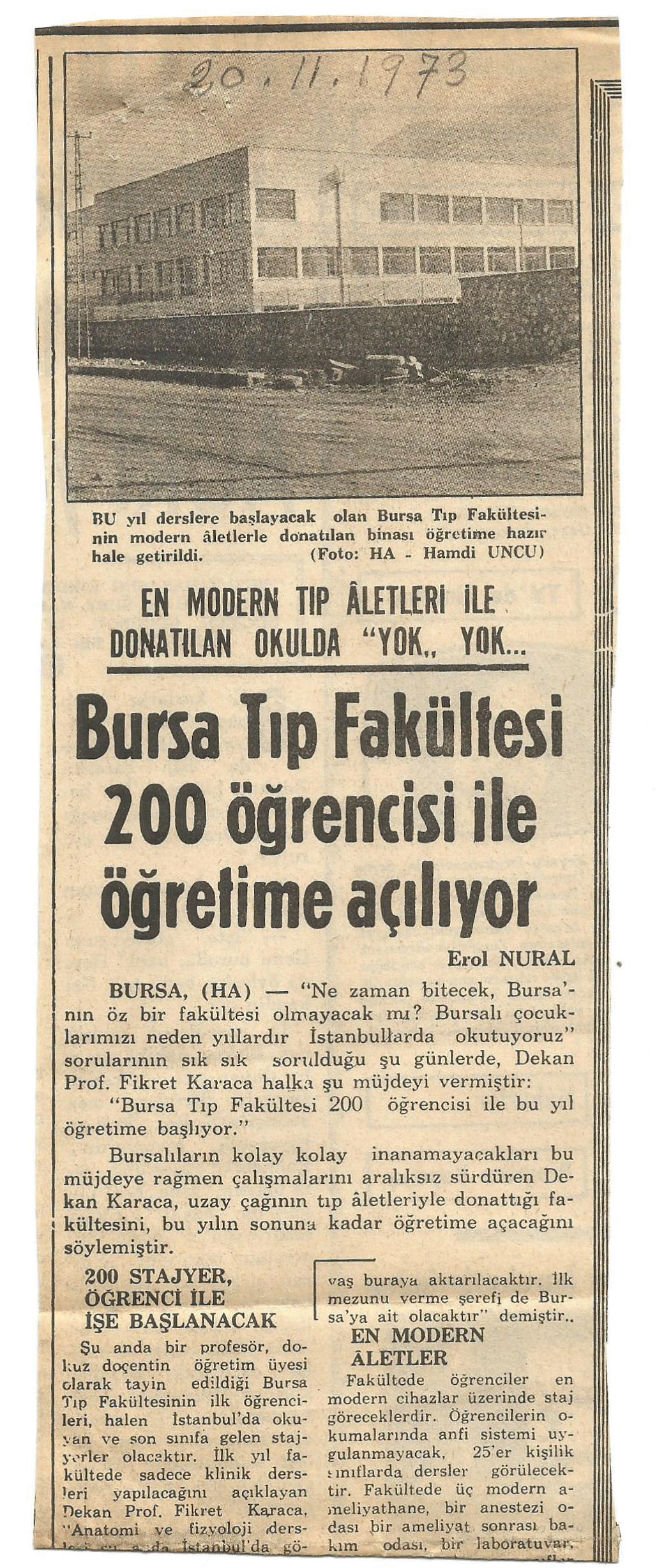
Photo 5 – (Quote: Ms. Leman Dorsay archive (Prof. Dr. Fikret Karaca’nıkızı))
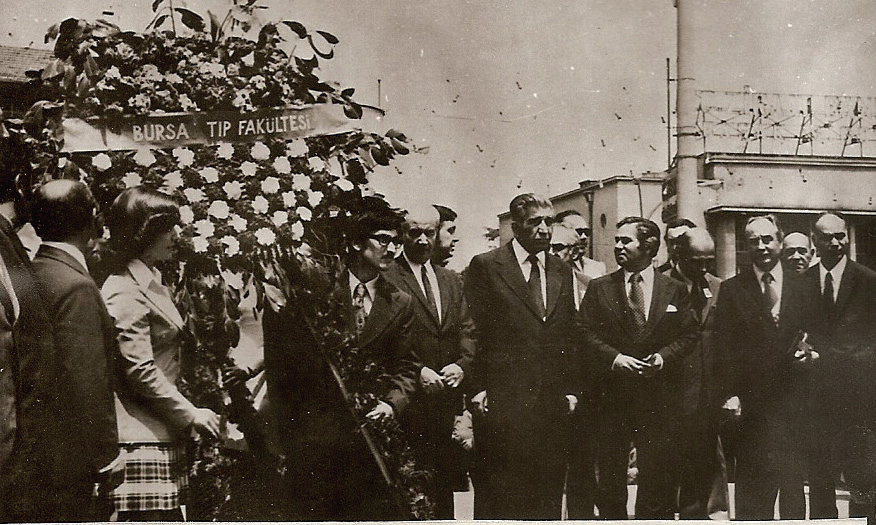
Photo 6 – Clinical classes start education at Chest Diseases Hospital - opening ceremony (May
31, 1974). (excerpt = Uludağ University Faculty of Medicine, Department of Medical History and Ethics archive)
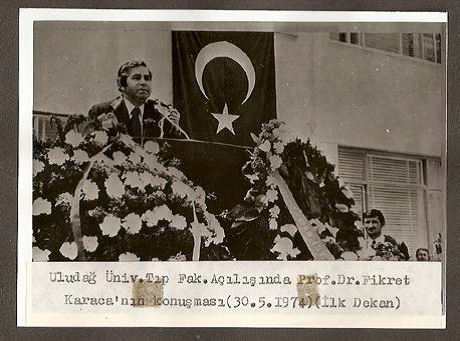
Photo 7. UÜTF Medical History and Ethics Department archive
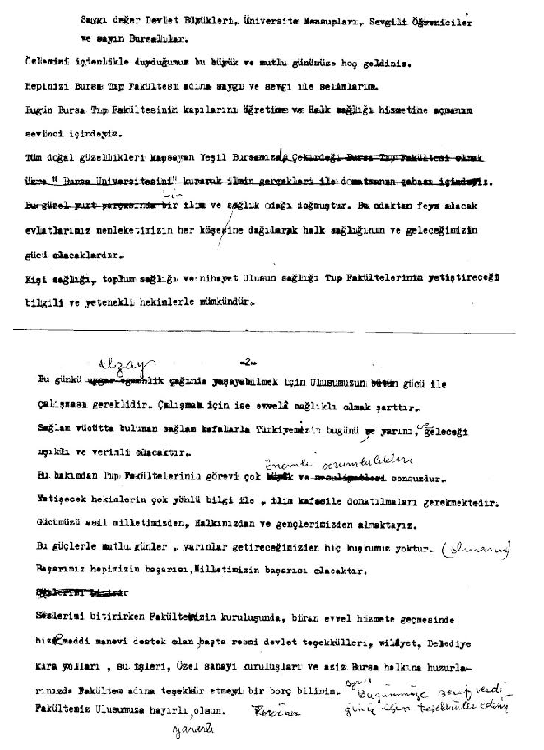
Photo 8 – Opening speech of our first dean Prof. Dr. Fikrek Karaca.
(Quote: Ms. Leman Dorsay [Prof. Dr. Fikret Karaca’s daughter])
In Bursa, first-year student registration first began in the 1977-1978 academic year and classes were given in prefabricated structures in the hospital garden. After the completion of the basic sciences building and classrooms in the Görükle Campus, 1st, 2nd and 3rd grades began education in the 1985-1986 academic year, and 4th, 5th and 6th grades began education in the 1992-1993 academic year after the clinics in the Chest Diseases Hospital were moved to the hospital on the campus.
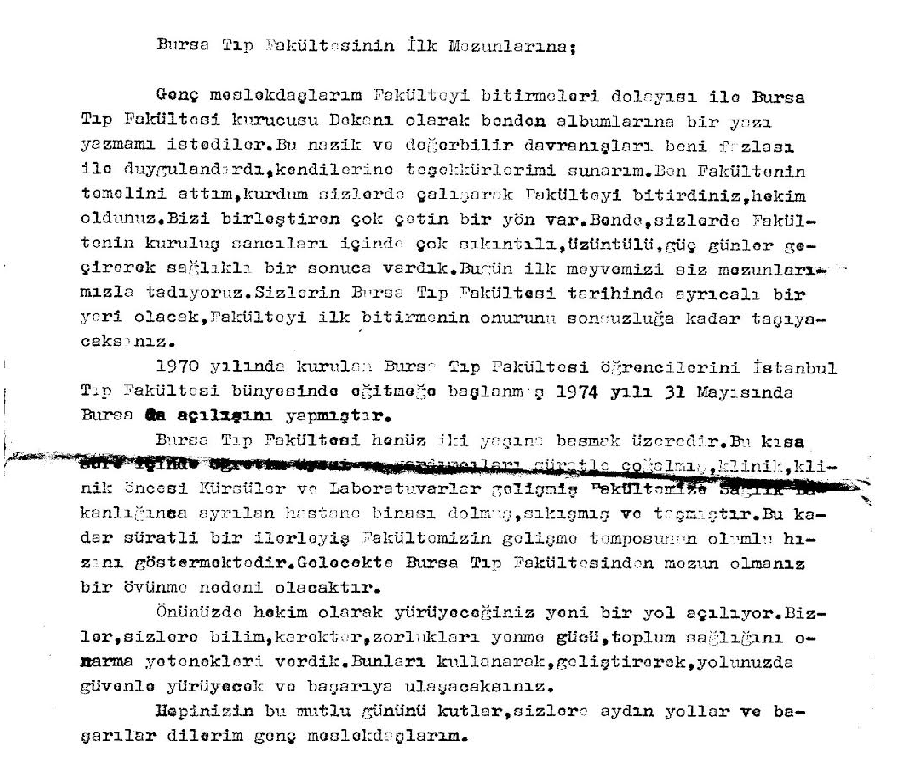
The faculty first graduated 18 students in 1976 (Photo 9).
Photo 9 – Dean Prof. Dr. Fikret Karaca’s first graduation ceremony speech. (Quote: Ms. Leman Dorsay [Prof. Dr. Fikret Karaca’s daughter])
The First Publication of the Faculty of Medicine
In May 1974, when education began in Bursa, the Bursa Faculty of Medicine Journal, now known as the Uludağ University Faculty of Medicine Journal, began its publication life with a special opening issue that included articles describing the establishment of the faculty and the point reached (Photo 10).
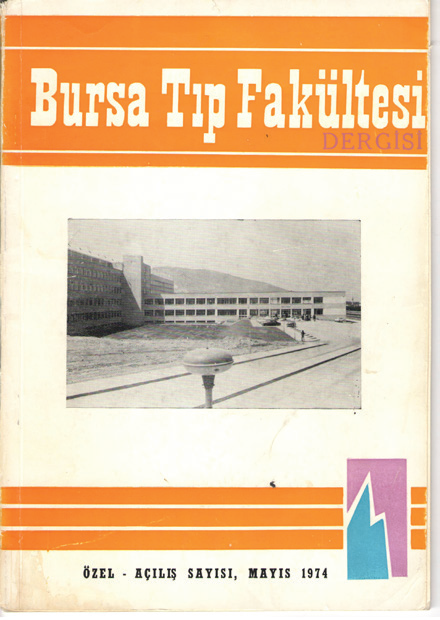
Photo 10 – Cover of the opening issue of the faculty journal.
(excerpt = Dr. Elif Atıcı archive)
The Current Point
When we look at the historical development processes of educational institutions, Uludağ University Faculty of Medicine, which dates back nearly half a century, can be considered as a“young” faculty in this respect, but when we consider the work done since its establishment and the goals achieved, it can be evaluated as a “mature” faculty. “To be a distinguished faculty of medicine that provides medical education in accordance with international criteria, produces knowledge that can contribute to universal medical science, constantly develops, provides benefits to humanity by finding contemporary solutions to national and universal health problems, is shown as an example with the physicians it trains, the knowledge and service it produces, and is honored to be a member of.”
With its vision, it is accepted as one of the elite institutions of our country in the 21st century.
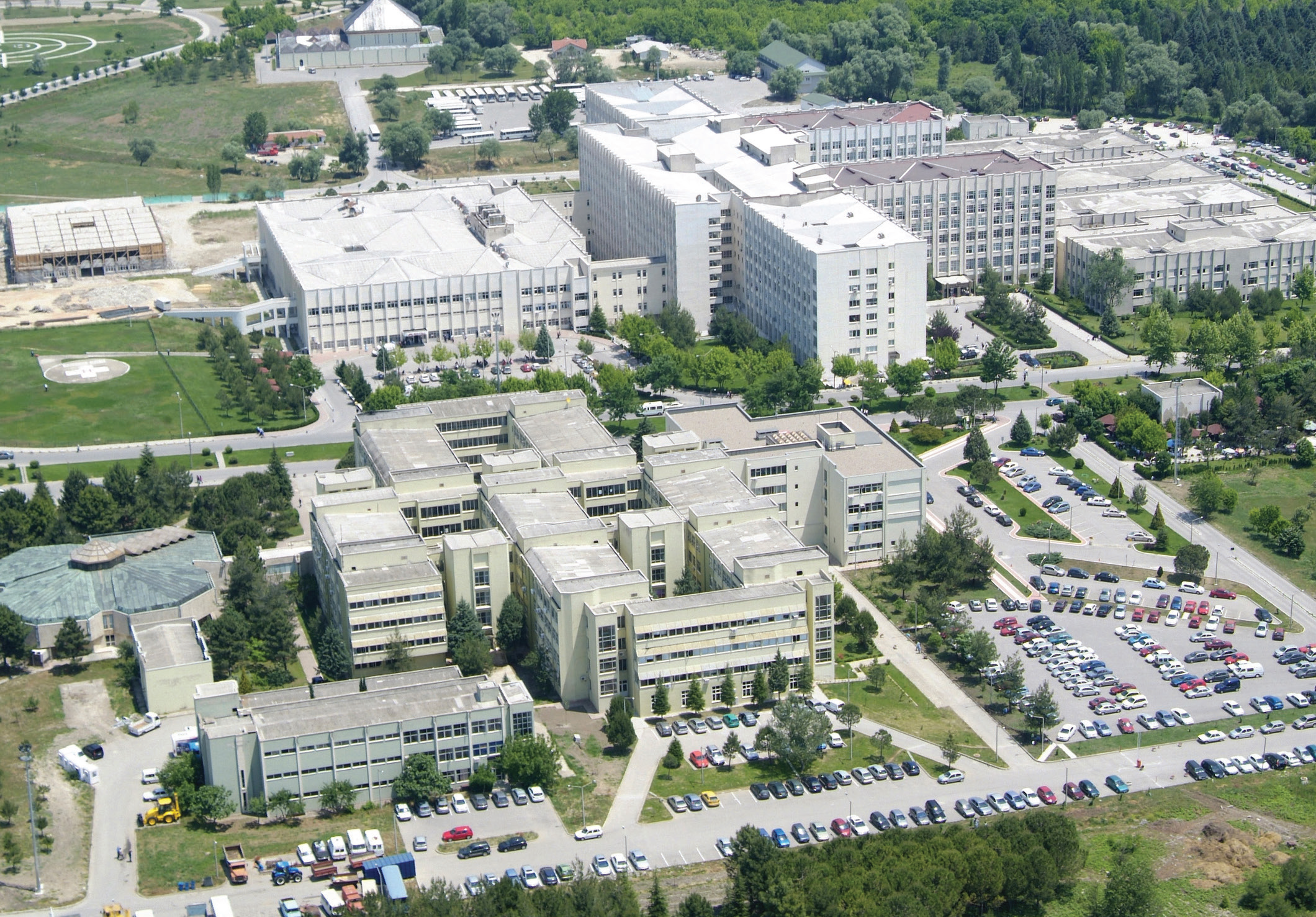
Uludağ University Faculty of Medicine, it’s main purpose is “training physicians who equipped with modern knowledge and skills; improved skills of researching and problem-solving; have cultural knowledge and communication skills; knowing Türkiye’s health problems and equipped with the skills, knowledge and attitudes to overcome these problems in primary care; will be able to work as physician and manager in primary healthcare institutions; applies the ethical rules of the profession; continuously renewing and developing himself/herself; able to use the health technology optimally”, trained about 6000 physicians and over 1500 specialist physicians since it’s establishment.
In Turkiye in 2001, following Uludağ University’s participation to the Bologna Process, which is initiated in creation of harmonious undergraduate area in Europe, Uludağ University Faculty of Medicine is one of the first institutions to reconstruct its education programs. Health Practice and Research Center Hospital, which was built in Görükle Campus in June 1992, with all its unit, is one of the first two medicine faculty hospitals in Türkiye to be accredited by Joint Commission International (JCI) in 2007.
Uludağ University Faculty of Medicine which is accepted as the Reference Health Center of the Southern Marmara, targeted region in its establishment, has been reached its desired level in the context of contribution to healthcare of the country. Uludağ University Faculty of Medicine, which takes part of the pioneers of the faculties of medicine of our country today, is the reference center of the Southern Marmara in healthcare.
Uludağ University Faculty of Medicine Today